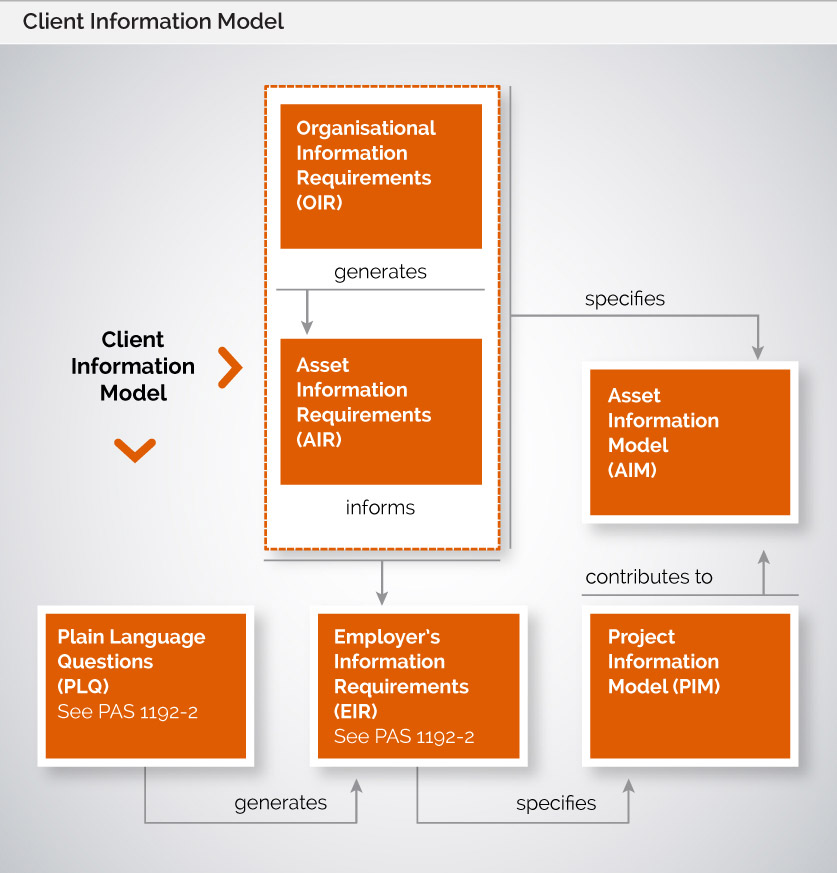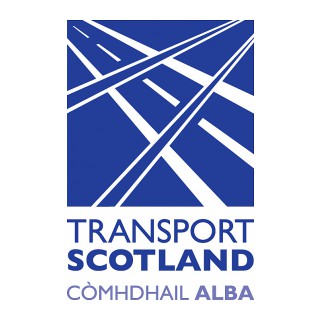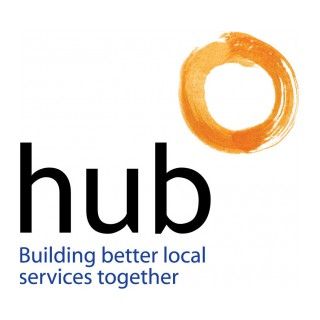At the project outset the Employer should define their project information strategy including their information requirements and details on data exchanges, when and in what format. Essentially the employer should have clear strategic goals and use cases for the data and information generated through the project life-cycle.
Irrespective of parametric models [BIM Level 2] there is still a need for the baseline production and exchange of structured data and information to support key project decisions and populate the asset information model and related systems such as Computer Assisted Facilities Management and Asset Register tools. Whilst in the BIM Level 1 processthis will be less automated it is still a key strategic need for almost any project.
A Master Information Delivery Plan [MIDP] should be created for the project. This is a primary plan for when project information is to be prepared, by whom during the project lifecycle. It is typically developed by the project delivery manager in collaboration with the task team managers and then used by the project delivery manager to assist in the delivery of project information during the project.
Essentially the MIDP is a collation of Individual Task Information Delivery Plans (TIDP), prepared by other team members, and includes details of when project information is to be prepared, who is responsible for producing the information as what protocols and procedures for each stage shall be followed. Information deliverables which may be listed in the MIDP include (but are not limited to):
• CAD Files
• Drawings or renditions
• Specifications
• Reports
• Equipment schedules
• Room data sheets
A Client Information Model (CIM) helps define the MIDP and the strategy for how data and information will support the operational and capital expenditure strategy and inform decision making throughout the project life-cycle. The CIM and its relationship with elements of information management is illustrated in diagram below (below). Essentially the organisation should determine as part of this activity what information it needs to realise successful outcomes at each stage.

Ensuring that assets are digitally represented to support operational activities needs sufficient time and engagement with the asset and facilities management team early on as possible to establish information requirements from geospatial down to manufacturer data.
In summary preparation of the MIDP clients need to consider what information is needed to determine:
Organisational level – the Organisational Information Requirements to support their asset management strategy and related activities.
Project level – the Asset Information Requirements i.e the individual data and information needed to meet the OIRs, support key stage decisions and support transfer to other related system on project completion. The AIRs should also consider the Soft landings gateways and information requirements in relation to same.
Built Asset Security Information Requirements – which detail the employer or asset owner’s requirements regarding the arrangements for, and overseeing of, the secure capture, handling, dissemination, storage, access and use of all data and information pertaining to sensitive assets and systems.
As noted previously the BIM Level 1 EIR should still contain a Master Information Delivery Plan [MIDP] as a vehicle to set out the information requirements to the supply chain, though in a Level 1 environment this will be more focused on CAD and project document deliverables.
The EIR should also seek details from the supplier as to how they will test monitor and report the accuracy of data transfer. It is recommended that early data transfers tests are undertaken, and methods established for recording each issue and receipt of digital data.






